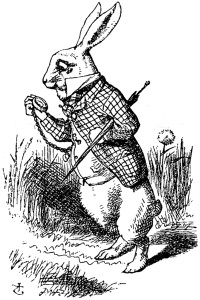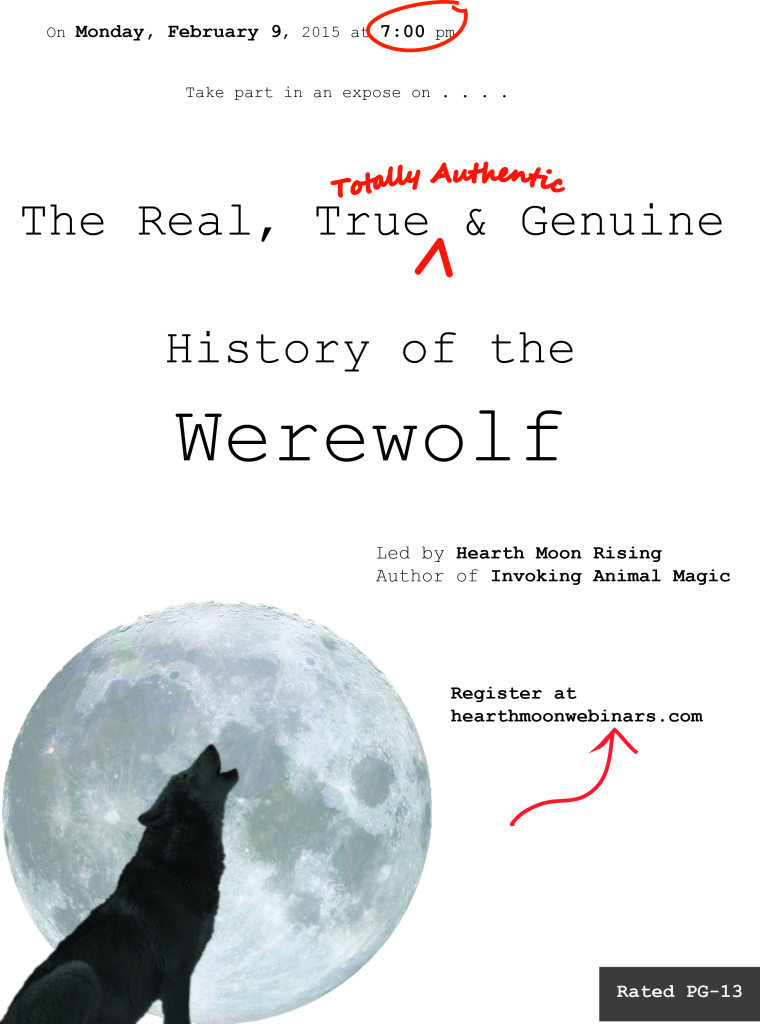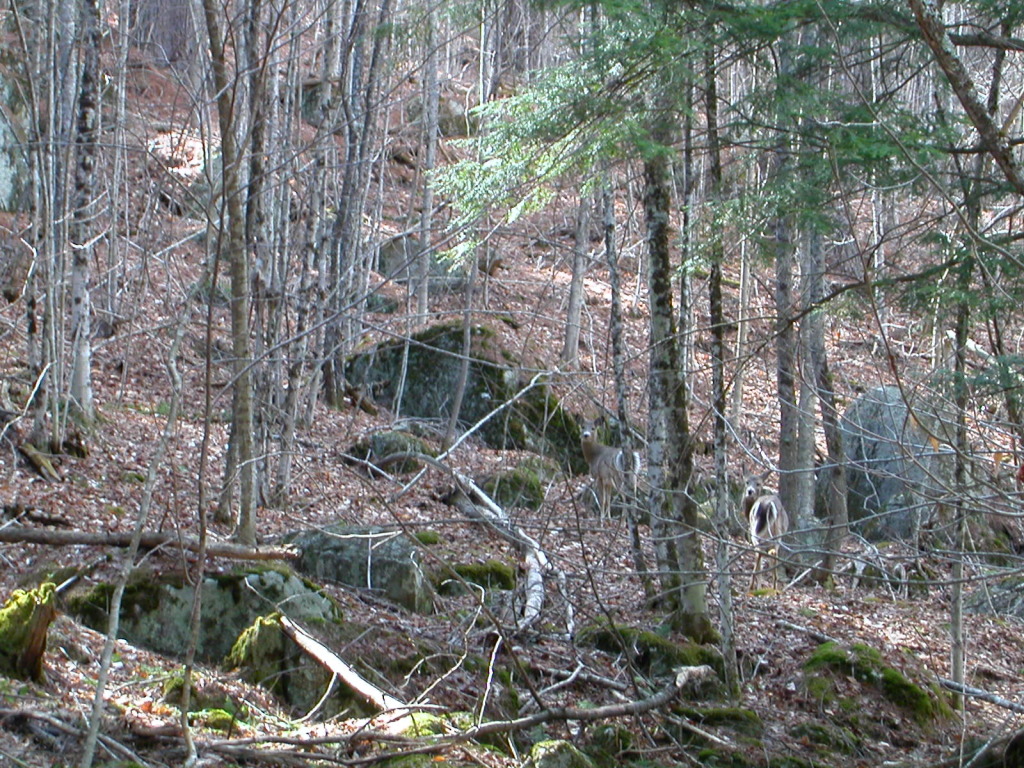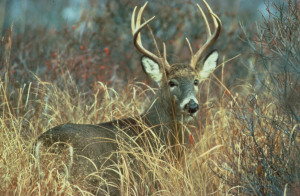One of the things that fascinates me about hare magic is that it continues to evolve. In my book Invoking Animal Magic I put forth the theory that the hare is a vessel for whatever values are strong within a culture, whichever culture that is, and that the hare becomes denigrated when cultural values are undergoing a dramatic shift. In that sense the hare is a symbol of what the culture sees as its strength.
For the ancient Celts, that strength was prowess in warfare, particularly hand-to-hand combat. Here are two European Brown Hares duking it out.
These guys and ladies live in rough world. They fight in the spring, usually during March and April, during mating season. Males will fight other males, females not ready to mate will fend off males, females ready to mate will test males. Brown Hares are not the only species that fight, by the way, but they get the most camera footage.
Americans tend to conflate hares and rabbits, which sometimes irritates natives of the British Isles, but from a Eurocentric point of view a lot of our rabbits act like hares while our hares act like rabbits. We need to get technical for a moment here, however, in order to talk about a very famous hare battle, Monty Python’s Rabbit of Caerbannog. As rabbits had not made their way to Britain in King Arthur’s time, this leporid could only have been a hare. More importantly, King Arthur and his men would have been extremely suspicious of a hare guarding a cave. Here’s the skit:
Today rabbits are often synonymous with magic. While the rabbit hat trick is a standard illusion of magician-entertainers, the phrase “pulling a rabbit out of hat” is used to refer to any surprising and impressive feat that seems miraculous. Then there is the White Rabbit who starts Alice on her adventures when she chases him into his burrow, making “down the rabbit hole” a reference to a fantastic ineluctable journey.

On March 9, 2015 I will be hosting a webinar entitled “March is a March Hare,” where we will explore the magical significance of the rabbit/hare. While not neglecting traditional Pagan symbolism, this webinar will have more focus on modern interpretations than my other webinars, as I am interested in the evolving mysteries of the hare.
March is a March Hare
Monday, March 9, 2015, 7:00 pm EDT
Cost: $25
Webinar will be recorded
Register here















